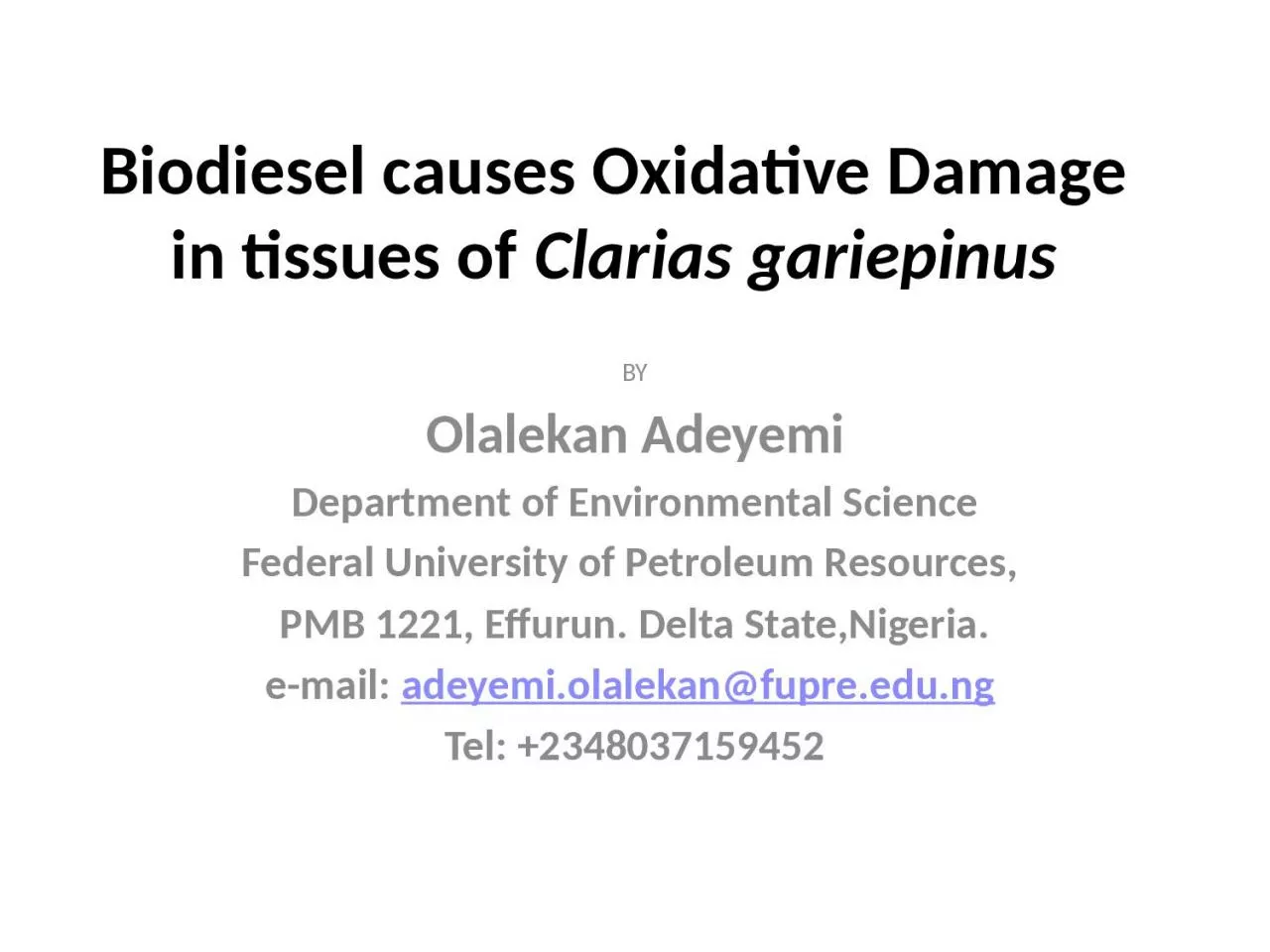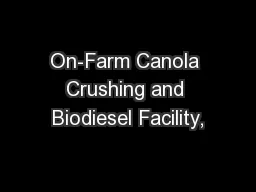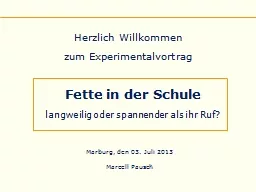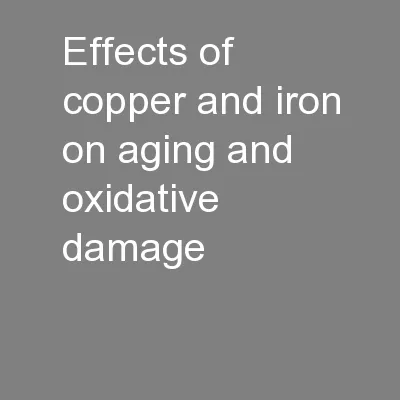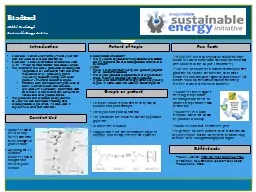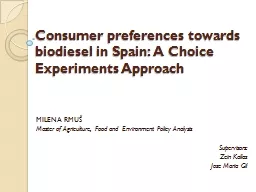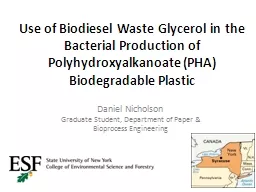PPT-Biodiesel causes Oxidative Damage in tissues of
Author : alis | Published Date : 2024-01-13
Clarias gariepinus BY Olalekan Adeyemi Department of Environmental Science Federal University of Petroleum Resources PMB 1221 Effurun Delta StateNigeria email
Presentation Embed Code
Download Presentation
Download Presentation The PPT/PDF document "Biodiesel causes Oxidative Damage in tis..." is the property of its rightful owner. Permission is granted to download and print the materials on this website for personal, non-commercial use only, and to display it on your personal computer provided you do not modify the materials and that you retain all copyright notices contained in the materials. By downloading content from our website, you accept the terms of this agreement.
Biodiesel causes Oxidative Damage in tissues of: Transcript
Download Rules Of Document
"Biodiesel causes Oxidative Damage in tissues of"The content belongs to its owner. You may download and print it for personal use, without modification, and keep all copyright notices. By downloading, you agree to these terms.
Related Documents

